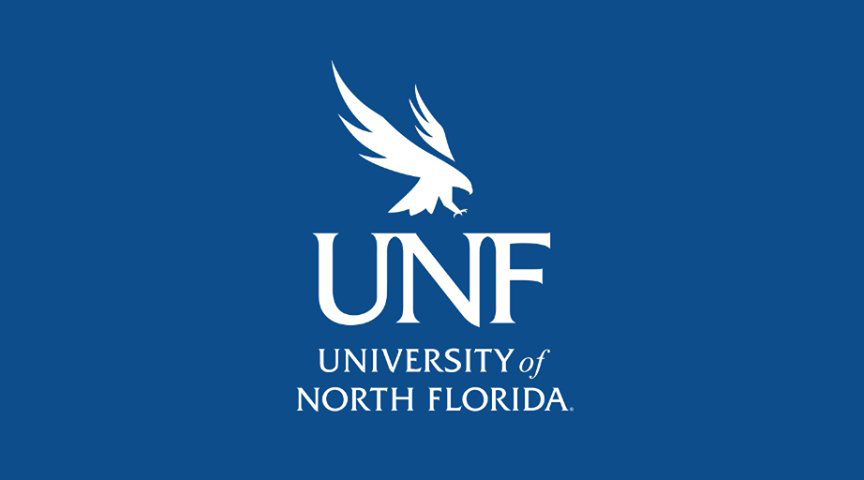
Change is coming for students in the United States, and that change may make getting a secondary education easier. The PROSPER Act (Promoting Real Opportunity, Success, and Prosperity through Education Reform) is a house bill which will lessen the role taxpayers have in funding public education.
A statement was released by Rep. Virginia Foxx, chairwoman of the House Committee on Education and the Workforce, and Rep. Brett Guthrie, chairman of the Higher Education and Workforce Development subcommittee.
“With six million unfilled jobs and over a trillion dollars in student debt, simply reauthorizing the Higher Education Act will help no one. A hard truth that students, families, and institutions must face is that the promise of a postsecondary education is broken,” the statement said. “We need a higher education system that is designed to meet the needs of today’s students and has the flexibility to innovate for tomorrow’s workforce opportunities. The PROSPER Act is higher education’s long overdue reform.”
According to the summary of the PROSPER Act, there is a shortage of 6 million workers, and that number is going to increase to 11 million by 2022. Additionally, tuition prices and student debt have increased drastically. The reforms made will encourage and help students complete an “affordable higher education.”
So, how will the PROSPER Act do this?
The bill will strengthen the development of the workforce through the support of partnerships between industries and institutions. This gives students more opportunities, and helps them acquire higher paid jobs that are in demand. The bill permits institutions to use more resources to prepare students for the workforce. It also takes away the cap for Work-Study funding, which only allowed up to 25% of the funding to go to students.
The enactment of the PROSPER Act will simplify and improve student aid. It will do this by making the FASFA application easier to fill out and more available through the use of a mobile app. Additionally, the bill will take all student aid programs and place them into one of three categories: a grant program, a loan program, or a Work-Study program. This will decrease the amount of confusion regarding which program to apply for.
The bill also encourages the completion of one’s education by offering a $300 Pell Grant bonus to students who take at least 15 credits a semester. Completing a degree on time will also decrease student debt.
Another way the bill simplifies the process is by taking away the chaotic mess of loan repayment options. Instead, there will only be two options: a “10-year repayment plan and [a] one income-based repayment (IBR) plan.”
Students and families will also be able to make more informed and timely decisions. Students will be notified of federal financial aid during their sophomore year of high school to allow them to prepare. Those accepted for federal financial aid will be required to go through federal aid counseling.
Lastly, the bill will make institutions more accountable for their students’ success and limit the role of the federal system by getting rid of “burdensome federal regulations.” The success of the institutions are assessed by the outcome of the students’ education. If a student who received financial aid withdraws, the institution is held responsible for repaying that “unearned aid.” Institutions that display difficulties in aiding students’ education will be listed in a system visible to the public.
Not everyone agrees with the bill though. In a letter of opposition to Foxx and Guthrie, the National Consumer Law Center wrote that the bill will make repaying student loans more difficult and expensive. They also stated, among other things, the bill gets rid of necessary safeguards. The safeguards were meant to keep “low-quality schools” from abusing the system by taking more money than needed at the students’ expense.
According to the National Administration of Student Financial Aid Administrators, the PROSPER Act was passed on Dec. 13 by the House Committee on Education and the Workforce. The bill is now waiting for the House of Representatives to look it over. With the execution of the act, students will have the chance to thrive in their education, and they will be encouraged and supported by institutions and the federal system.















